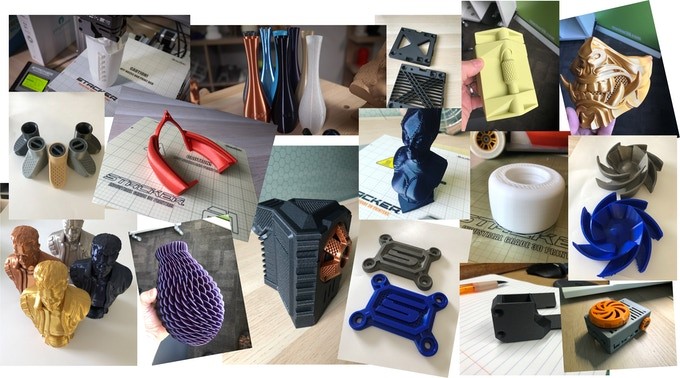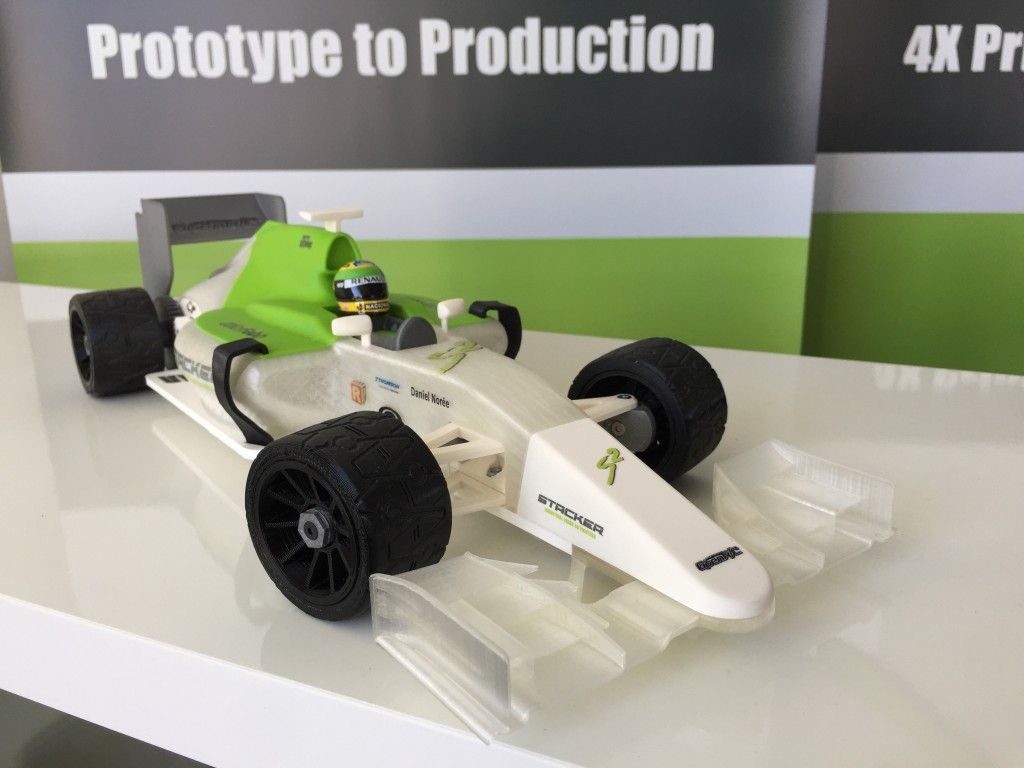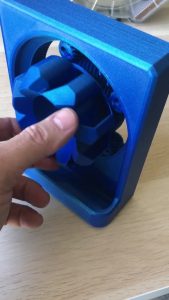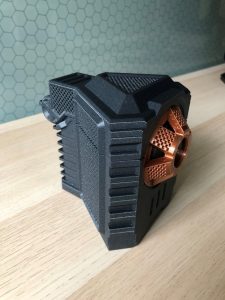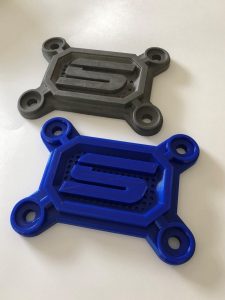BEST IN CLASS PRINT QUALITY
How do we achieve best-in-class print quality?
We do it by getting rid of resonance, zero crossing moire patterns, ringing, z wobble, thermal banding, and other artifacts that show up in your prints. Oh, how did we do that? Now that’s where it gets complicated! It involved engineering, proper selection of components, and lot’s of testing. Here’s a few examples.
Engineering
We started by making the F1 frame and gantry system as strong and rigid as we could. The frame is then perfectly squared during assembly, and will stay that way for the life of the printer (unless you drop it off your desk onto a concrete floor!). Next, we engineered a simple but effective chassis dampening system using visco-elastic polymer because it has a very high dampening coefficient. It combines shock absorption, good memory, vibration isolation and vibration damping characteristics. Cheap rubber feet would have saved us a lot of money, but that’s not what the F1 is about.
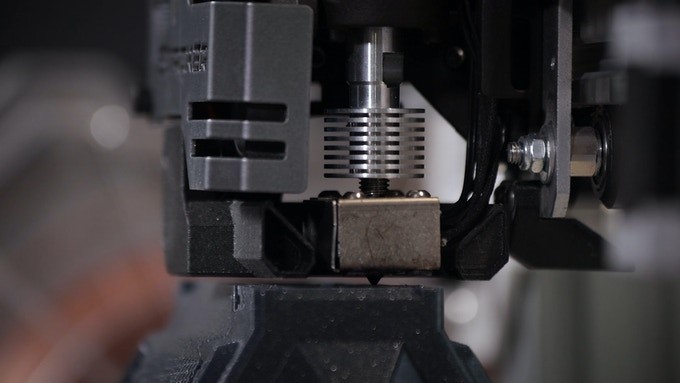
Next, we designed the best filament drive and hot end we could. Our filament drive uses our special filament drive gears and gear reduction design for increased power and precision. The drive gears are hardened steel and the reduction gears are stainless steel, not plastic. The F1 hot end is all metal and carbon fiber ready. The key to making a high performance hot end that works with a large spectrum of filament types is to use a heat break that has the highest temp gradient you can find.
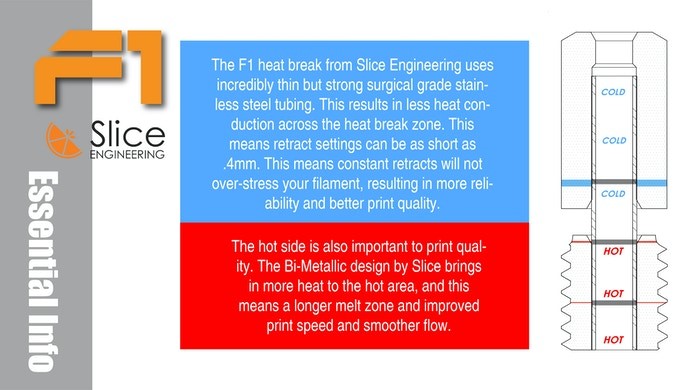
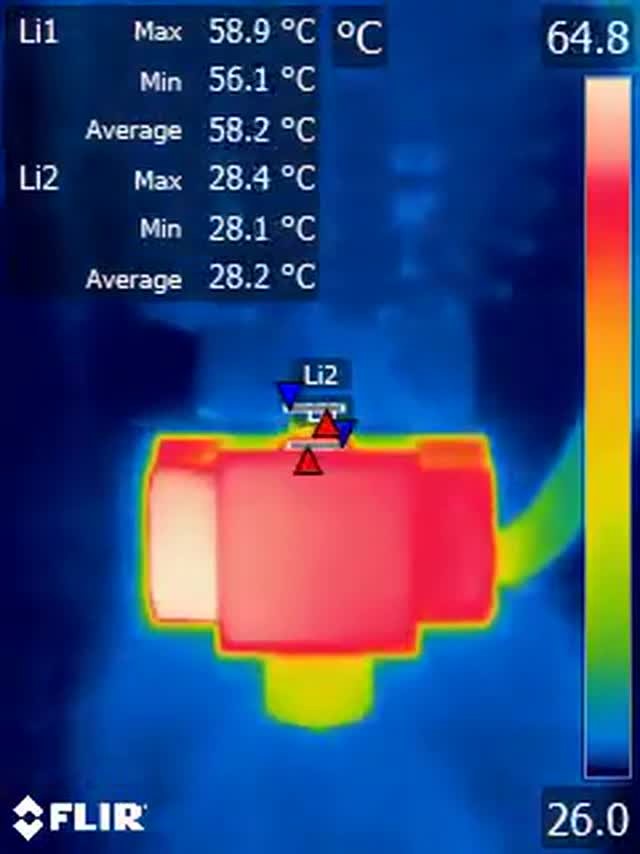
Accuracy
3D printing is about more than just creating “perfect” and pretty looking prints. Best-in-class print quality is also about parts that are accurate, and fit together. Parts that have sharp corners and no over extrusion.
The F1’s firmware incorporates a hot end pressure balancing feature that reduces the extruder movement precisely as needed before the hot end reaches any portion of the part that slows down. This allows the pressure inside the hot end to release and do the extruding instead of the filament drive. It’s clever and it works great. In fact, the F1 doesn’t require any slicer tricks, like coasting or wiping (combing).
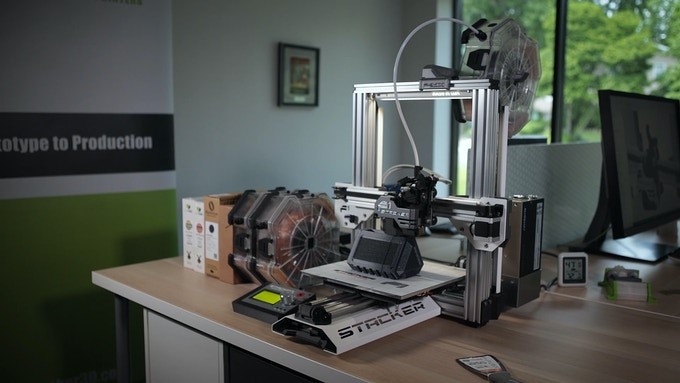
Here is an example of the quality you can expect from your new F1. Most of these prints are just stunning, and big credit goes to the following designers: Fotis Mint, Clockspring3D, Wekster, Daniel Noree, 3Dprintlab, and Sid Naique. We’ll have full credits and high res photos for these designers up on our website soon.
